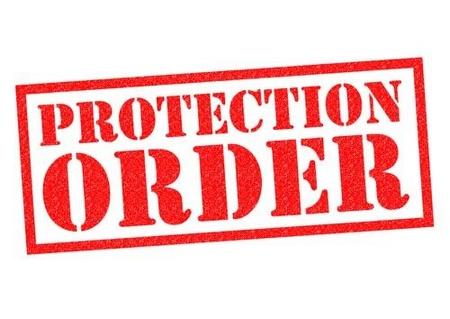Arlington Heights, IL 60005
Plenary Orders of Protection
 The most recent blog entry discussed emergency protection orders. Emergency orders of protection, which are sometimes colloquially referred to as restraining orders, are legal documents which allow a victim of domestic violence to be protected from their abusers. These orders are only temporary. A plenary order of protection is usually the next step after an emergency order of protection. These orders of protection require a hearing, but they last much longer. A plenary order is issued by a judge after a hearing with both the petitioner—the alleged victim of domestic violence—and the respondent—the alleged abuser.
The most recent blog entry discussed emergency protection orders. Emergency orders of protection, which are sometimes colloquially referred to as restraining orders, are legal documents which allow a victim of domestic violence to be protected from their abusers. These orders are only temporary. A plenary order of protection is usually the next step after an emergency order of protection. These orders of protection require a hearing, but they last much longer. A plenary order is issued by a judge after a hearing with both the petitioner—the alleged victim of domestic violence—and the respondent—the alleged abuser.
What to Expect at a Plenary Order of Protection Hearing
A court hearing can be an overwhelming undertaking for anyone, especially someone who has been abused. Abuse and domestic violence often chip away at a victims’ self-confidence, even convincing the victim that he or she deserved the abuse. However, although it can be emotionally exhausting, a plenary order of protection is the safest choice for someone worried about his or her safety. Generally, the hearing date is set on the Emergency Order of Protection (EOP), but this date is not set in stone. A hearing can be delayed for many reasons, but victims of abuse should take heart in knowing that their emergency order of protection will remain in effect until the hearing can be conducted.
If, at a plenary order of protection hearing, either the Petitioner or Respondent fails to appear, the judge will typically grant the request of the party appearing. This means that if you petition the court for a plenary order of protection and your abuser does not show up at the hearing, you will be awarded your order request. If the order is contested, meaning the respondent objects to the order request, the judge will carry on with the hearing. In it, he or she will hear testimony from both the respondent and the petitioner. The judge will also examine evidence and hear from any witnesses to the alleged abuse. After analyzing all of the evidence, the judge will decide whether or not to enter the plenary order. A plenary order can be entered for up to two years the petitioner. You can ask a judge to extend your Plenary Order of Protection before it expires by filing a Motion to Extend an Order of Protection.
Let Us Help
If you have any other questions or concerns about how a plenary order of protection can help you, please contact our office for guidance. The Rolling Meadows domestic violence attorneys at the Cosley Law Office can guide you through the order of protection process and help you get your life back on track. Call 847-253-3100 for a free, confidential consultation today.
Source:
https://www.illinoislegalaid.org/legal-information/changing-or-renewing-order-protection













